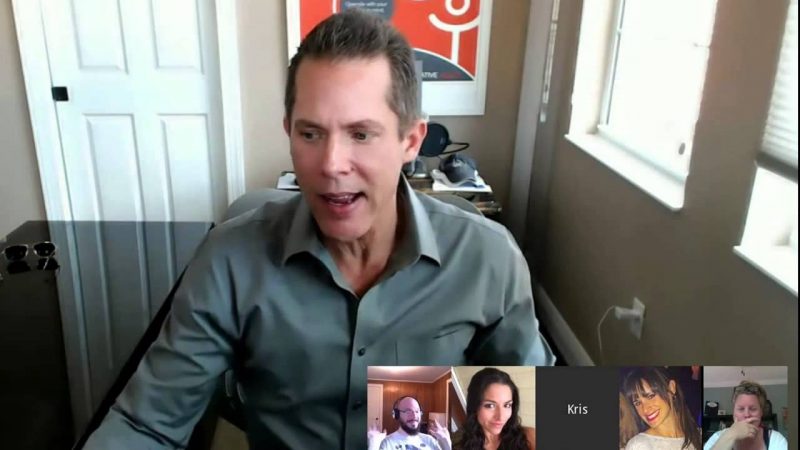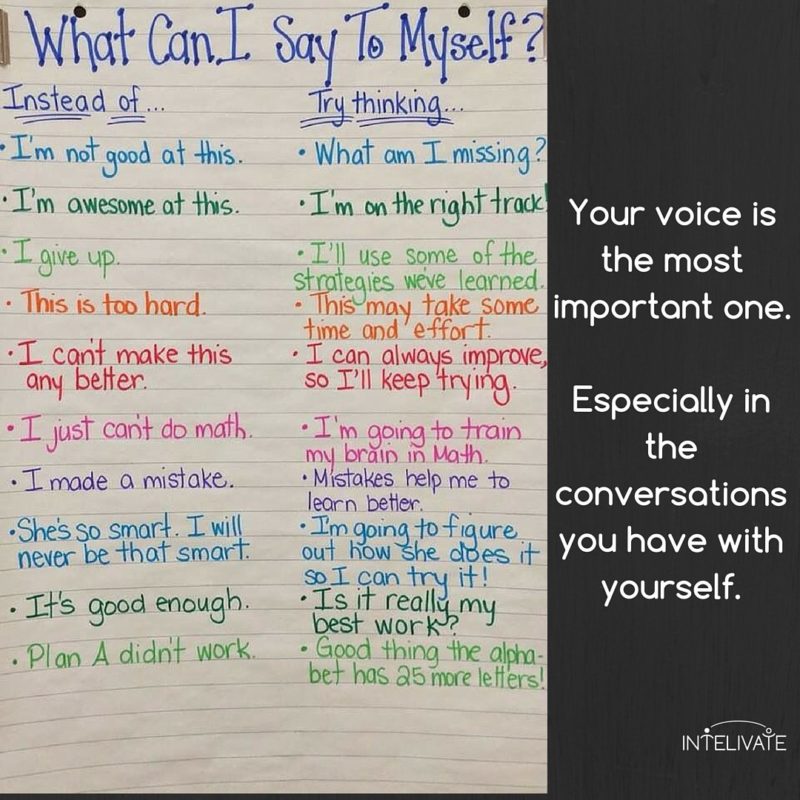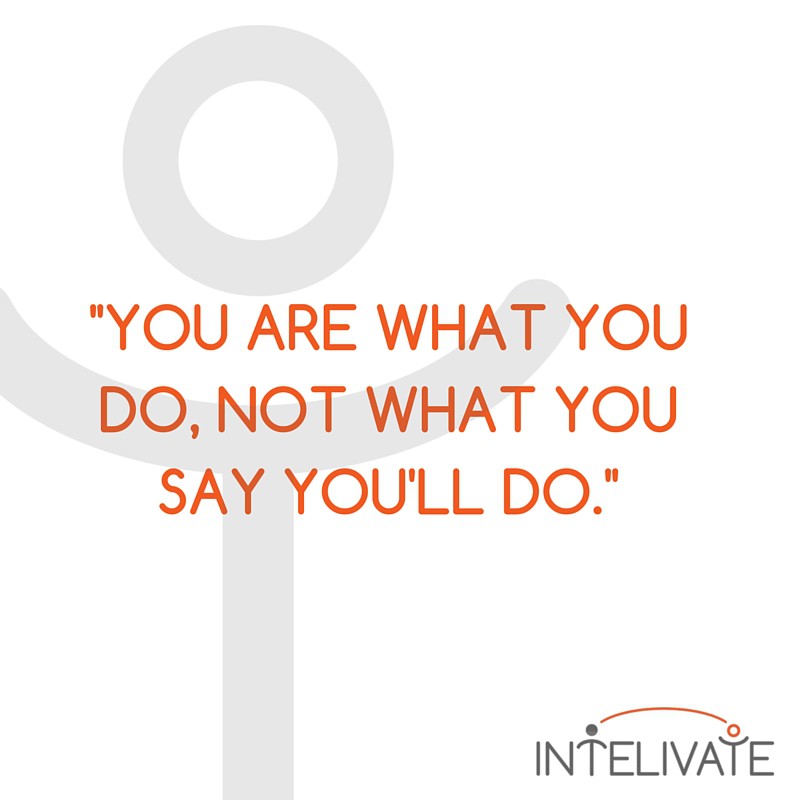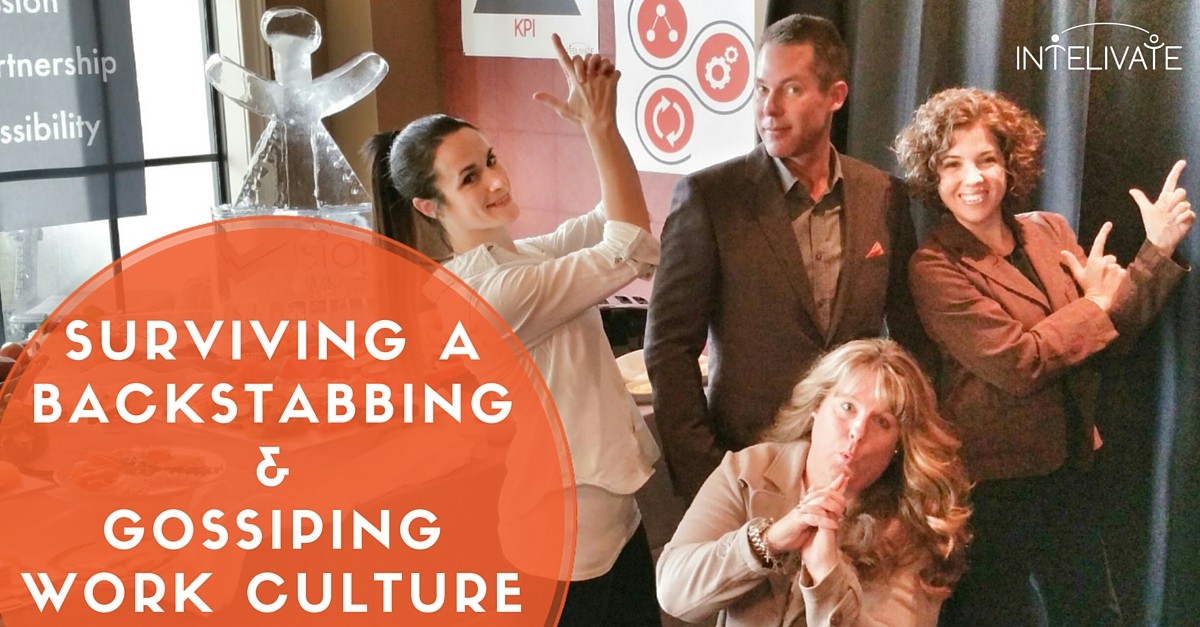In life and leadership, conflict is inevitable – and necessary for strong relationships. Here is your step-by-step conflict resolution process guide.
In life and leadership, difficult conversations have to happen at times. Many find it difficult to navigate conflict in moments of heightened emotions.
They are rarely fun (except for bad leaders into that sort of thing) but often necessary.
The rewards and growth that come from them, however, are significant and sustainable.
This weekend, while standing around a kitchen counter eating pizza, I got into a rather heated debate. For the most part, it resulted in me throwing an adult tantrum with what I visualize as pizza flying out of my mouth at the same time.
Yes, it happened.
No, it wasn’t pretty.
Yes, I am human.

I decided to go back and remind myself what I’ve learned from countless debates, conflicts, and negotiations (both professional and personal), and identify what conflict management strategies worked many times in the past.
Surprisingly, none of them involved a tantrum or pizza.
You can use the conflict management strategies I present here to calm and resolve conflict in any situation – personally, a customer, colleagues or as a leader.
1. Calm the emotional storm before attempting conflict resolution.
The goal is to get each side into a calm emotional state.
Why?
You cannot think, act or resolve conflict effectively when either side is overly emotional. Don’t even try as it is not going to give a good result. More times than not, it will do more damage.
If I am overly emotional, I’ll ask for some time away. I emphasize that I want to resolve the conflict, but I just need to calm down for any conflict management strategies to work.
Conflict Resolution Process Bonus Tip:
I will say the same thing (blaming it on my emotional state) even if I am perfectly calm. It ‘forces’ the other person to take some time to cool down without pointing out they need it.
It is an effective conflict management technique that reduces the chances of increasing emotions at that moment. It can also prevent adding more communication barriers during the argument.
2. Get into the right mindset for conflict resolution.
Over the years, I have grown to appreciate conflict. I view conflict as a positive. I see conflict as a negotiation of two sides to come to an acceptable compromise. The key to being confident and successful in conflict management is to have the right mindset and to look at the situation as a potential new opportunity.
Don’t go into it with the mentality of “your way or the highway.” You might win, but you will never grow, and your relationships will stagnate – at best.
I cannot tell you how much I have learned and grown over the years through conflict management. My mind, opinion or approach that was the focus of the discussion many times changed. Does that mean I lost? No. I grew professionally and personally by gaining a new perspective. I won in a big way!
Those ‘heated situations’ provide personal and professional growth opportunities, as long as you are approaching them with the right mindset.
3. Identify and manage emotional triggers.
Maintaining a strong, emotional exterior is one of many vital characteristics of a leader. At times, it’s difficult to remain calm and professional with team members. As you work with your team on a daily basis, you come across and discover your “triggers.”

Emotional triggers in conflict
Triggers are the words people use or the way someone says something that can erupt emotions that may interfere with the conflict resolution process. As a leader, be proactive by identifying your emotional triggers. Prepare for those situations.
There are two components to understanding your triggers.
- Find what caused the team member’s current state of emotion and behavior.
- How you deal with your personal triggers.
Focus on the conflict, not the emotional trigger during the conflict resolution process
Keep control of the situation by focusing on the person’s conflict point, as opposed to his/her emotions. While applying these conflict management strategies, there are two important facts to understand:
- Fear often comes across as anger.
- You cannot control a person’s emotions.
Fear often is displayed as anger.
In highly emotional situations, fear will often come across as anger. The example I often use is a mother whose child runs from her.
If a mother is walking with a child and the child begins to run into traffic, the shouting and response appear to be out of anger.
However, you can be assured that the mother was terrified at that moment. The external appearance of fear often is displayed as anger. Think about some of your most fearful moments.
- Think of one situation that instantaneously invoked fear in you, but others may have interpreted your emotional response as anger.
- Consider some of the situations that your team members are likely encountering when they become emotional. Why might they be fearful?

4. Do not internalize the dispute.
You cannot keep 100% of your team satisfied 100% of the time. People will become emotional, but your goal is to decrease the occurrence. The best conflict management strategies cut the risk of unnecessary conflict.
It will be nearly impossible for you to keep your emotional control if you are slowly internalizing the conflict. Stay reasonable and truly listen to the person’s message as opposed to the words. If you find yourself focusing more on your response during the times you should listen, it is time to take a break.
5. Deflect unreasonable emotional reaction during the entire conflict resolution process.
Do not let the trigger influence your performance while resolving the conflict. Think of it as deflecting the emotional trigger with a mirror. I call this technique the Polaroid view.
Instead of striking back, stand your ground and make it known that you will not be affected by the trigger. My mother developed the concept when I was a kid.
How to deflect emotional reaction during a conflict.
As the much younger third child – my sister would tell me I was a ‘mistake.’ My mother would say I was a ‘pleasant surprise.’ I developed a particular, um, method of expression when I was young.
It frequently involved screaming, crying, kicking, throwing myself around – and those who know me well know not much has changed. Kidding. Sort of.
However, what my mother would do to combat my emotional tantrum was brilliant.
Powerful perspective that calms emotions
Through the clouded vision of tears, I would see her quickly go to the cabinet, grab the Polaroid camera and take a picture. I still remember the smell of the burned flash and sound of that picture buzzing out. The first time she did it, my tantrum did not wane until she shot the developed picture in my face and calmly asked,
“Wouldn’t you love your friends to see this?”
I was horrified by what I saw. Red, swollen eyes, tears and snot everywhere. Most of the time I seemed to be half-dressed.
“NOOOOOOO! I could never let my friends see me like this!”
I quickly collected myself as soon as she asked the question and without my mother’s provocation. It was brilliant. Over time, and as soon as I saw her approach that damn cabinet, I’d quickly collect myself. Eventually, she did not even have to touch the camera.
This is one of the most effective conflict management strategies because it provides emotional perspective.

If someone is unreasonably emotional during the conflict resolution process, you want to give them this same polaroid view. The goal is to get them to quickly ‘snap out of it’ and come to a calm and rational state.
“Dave, I want to help you resolve this, and I just ask that you try and remain calm.”
“Sara, I truly understand your frustration, but this is not an appropriate time or place to discuss this.”
“Steve, I want to work with you towards a resolution, I just think we need to take 10 minutes and calm down so this can be productive.”
“I ask that you please not speak in that tone, as I am only trying to help you come to a resolution.”
6. Understand emotional control versus emotional influence.
You cannot control others’ emotions.
Although you are in a place to control your feelings, the older, wiser and more experienced I have become, I have learned there are times when you just cannot or should not hold back on your emotions. However, there are times when you are leading the conflict resolution process and you need to keep it together as best you can.
After all, you are human. I know that realization sucks, and I am still trying to come to grips with that fact.
7. Stay aware of your voice & body language.
By using and maintaining a calm and reassuring tone during conflict management, you are working to influence the person’s emotional response and responding tone.
Be cautious as not to come across as condescending. That will immediately turn the other party away in and leave them with wanting to punch you in the throat. Manage your tone in these situations by:
Monitor your voice tone.
Keeping your voice calm and confident is one of the keys to success. Focus on affirming communication and avoid negative transition words as much as possible.
Pace your speech.
You do not want to speak too quickly. Speaking too fast can cause confusion and frustration. The team member may feel that you are trying to “gloss over” something. Speaking too slowly may cause the person to “tune out” and not hear the important messages.
Body language to avoid
Body language is just as important, if not more so, then what you are saying.
- Failing to quickly show eye contact
- Crossing arms
- Tapping feet
- Darting eyes
- Drumming fingers
- Fidgeting with a watch, jewelry, tie
- Slumping in your chair or not standing upright
- Yawning
- Biting of lips (signals anxiety)
- Peering across top of eye-glasses
- Raising eyebrows (shows disbelief)
- Wringing of hands
- Holding your head up with your hand
- Closed-handed gestures
- Repeatedly shrugging of shoulders
- Nervously shifting of weight
- Cringing
- Hands in pocket
8. Use empathy statements.
Empathy statements immediately show acknowledgment. Without a proper statement or expression of empathy, the person is likely to build resistance to you and remains mentally focused on this missing communication component.
People expect and NEED empathy and acknowledgment to be able to move mentally forward to the next message.
Acknowledgment does not mean you agree; it only means you ‘get it.’ It is the fastest way mentally move someone forward during conflict resolution process.
“I am sorry….”
“to hear that.” | “about your situation.” | “about your experience.”
“I understand ….”
“what you are saying.” | “your situation.” | “your frustration.” | “your fear.”
“I apologize…”
“for your inconvenience.” | “that you were kept waiting for so long.” | “that the matter was not resolved.”

9. Use the power of ownership statements.
By using ownership statements, you quickly gain confidence as it relates to the conflict and what you can influence.
You are essentially communicating to the person that you are taking ownership of the problem – at least your contribution to the problem.
“I assure you that I will…”
“…do everything I can to get this resolved.”
“…work with you to figure this out.”
“…take care of this by the end of the day.”
“…support your effort to…”
10. Redirect back to the conflict focus if necessary.
It is important to redirect back to the subject of conflict and the corresponding resolution as soon as possible. At some point, someone will use what I call “distraction action” to get off topic and deflect the core issue for conflict management.
However, you do not want to redirect to business too abruptly. Redirecting too soon will raise resistance and escalate the situation. If the conflict is going in the opposite direction during resolution, you must start the process over again. That’s going to feed further into your emotional triggers and make you less efficient in employing your conflict management strategies.
Use acknowledgment/empathy statements, check your tone and use reassuring comments first.
How to redirect back to the core conflict focus
This is an art and it takes some practice. Once you gain confidence, it’s a powerful way to redirect back to the core issue of the conflict.
Start with confirmation statements:
Confirmation Statements are a summary of the issue the team member is addressing.
“I understand that…”
“your questioning this performance score.”
“you are having issues that will require more personal time away.”
“you do not feel you are getting the support you need to…”
Now, I know what you are thinking.
What?! I am not asking a question at this point as that will open up a whole other dungeon of issues and complaints.
It definitely could unless you do it strategically and immediately follow your confirmation statement with a reinforcement question.
Immediately follow with reinforcement questions:
Reinforcement questions are designed to build agreement and encourage the person to say “yes.” Getting your spouse, colleague or team member to say “yes” after smaller portions of information helps build overall agreement.
This agreement can overlap into other points covered during your conflict management.
Benefits of getting the person to say ‘yes’ during the conflict resolution process:
Increase perception of a positive message during the conflict.
Each time there is agreement, the overall conflict management experience becomes more positive than if there was little to no agreement throughout the conversation.
Increased chance of a future ‘Yes.’
A person is more likely to say, ‘yes’ to the essential conflict components if she/he has felt agreement through much of the discussion.
Higher retention level.
People more often remember agreed parts as opposed to those that have disagreed.
Less backtracking during conflict management.
By receiving periodic agreement and confirmation, you are minimizing the chances of going down the wrong solutions path or building misunderstanding.
Increased efficiency during conflict management.
Getting it correct the first time will build overall confidence in the conflict resolution process.
If early in the conversation there is positive and agreement establishes almost immediately, the chances of overall resolution are much higher.
Additional examples of conflict strategies reinforcement questions
“Does that make sense what I have explained so far?”
“Do you better understand how this process works?”
“Did the explanation help to answer the question?” “So far we are on the same page?”
“So far we are on the same page?”
11. Use action statements to propose solutions.
Action statements tell the team member the first step towards a potential settlement to the issue.
“Let’s…”
“review some of your calls to see where the disconnect might have happened.”
“talk about how we might be able to accommodate that situation.”
“work together to develop a plan to help you perform stronger in those areas.”
“talk about what support you might need to grow professionally.”
Reminders
Remember – not everything works for everyone in every situation. Experiment with these conflict management strategies across different situations.
The more successful you become with the conflict resolution process – whether at the office or home – the more confidence you have in resolving and approaching it as a ‘positive’ conversation. The strongest & most sustainable relationships have solved conflict many times.
Don’t forget to subscribe above for our best business and career insights!
Keep Reading: How to Be Successful Delivering Constructive Feedback
Related Solutions for Conflict Management Training
Kris Fannin
Kris Fannin is a passionate change agent in workforce transformation. For more than 25 years, he's had the privilege of partnering with dozens of client organizations and leading hundreds of teams to become powerful influencers.
"Your legacy will be defined by the passion and impact of the people you influence. What do you want your legacy to be?"



